Iceland takes pride in robust and modern street infrastructure techniques. To anyone who has been to Europe or elsewhere abroad, much of this will seem quite familiar. However, during my recent trip to the country, I was taken aback by just how serious Icelanders were about road safety; prioritization of pedestrians, bicyclists, and transit; and making life for the disabled better. While Iceland trails the United States in per capita car ownership, the country has an astoundingly high rate of 745 vehicles per 1,000 people–putting the nation in the top five globally. For perspective, the United States has a rate of 809 vehicles per 1,000 people. Meanwhile, the United States also has nearly 3 times as many traffic-related deaths per capita than Iceland. So, maybe–just maybe–we have something to learn from the Land of Fire and Ice when it comes to doing streets right.
1. The Chicane
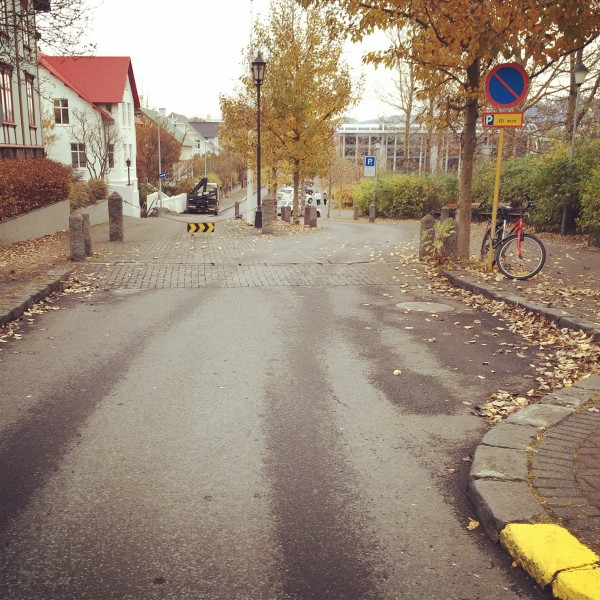
A chicane in the foreground; woonerf with divergent lane in the background.
2. The Plaza Woonerf
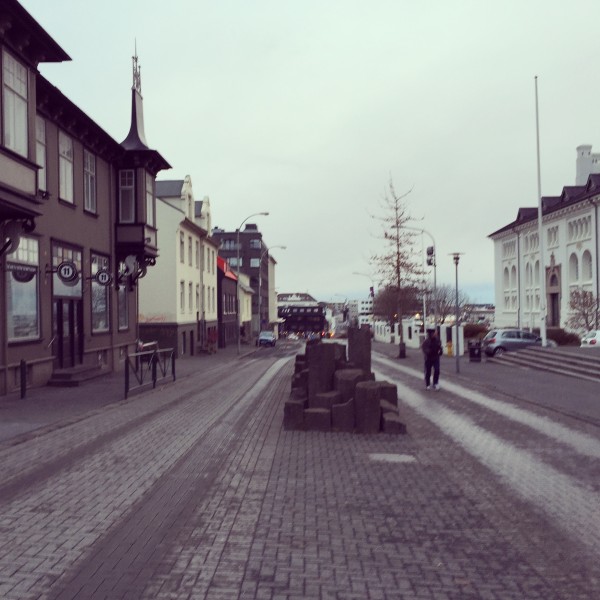
A woonerf street with median street furniture. The street also serves as an extended plaza space to a theatre.
3. The Pedestrian-Oriented Parking Lot
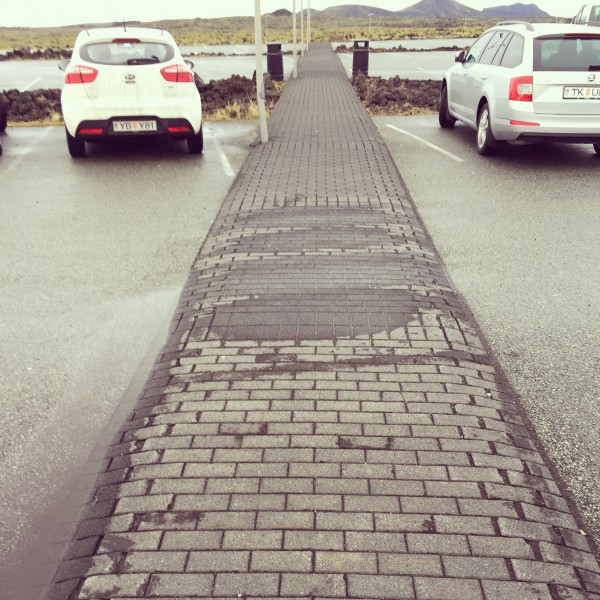
A parking lot with an elevated pedestrian pathway doubling as a speed control ramp device.
4. The Textured Street
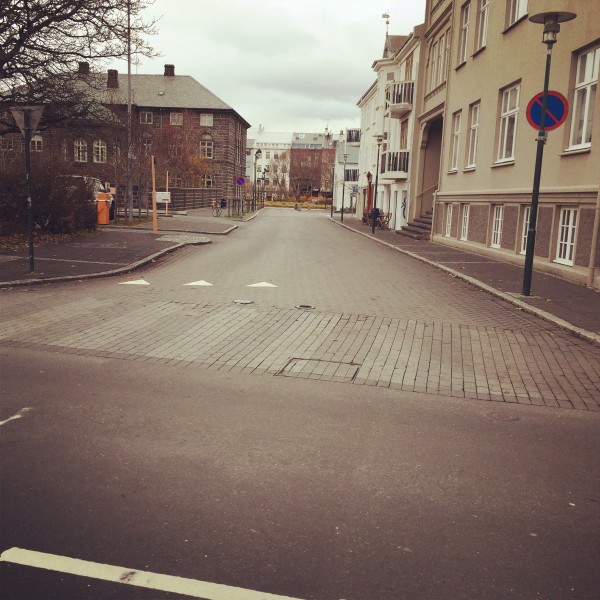
A textured street that has a modest and well marked crosswalk.
5. The Separated Bike Lane
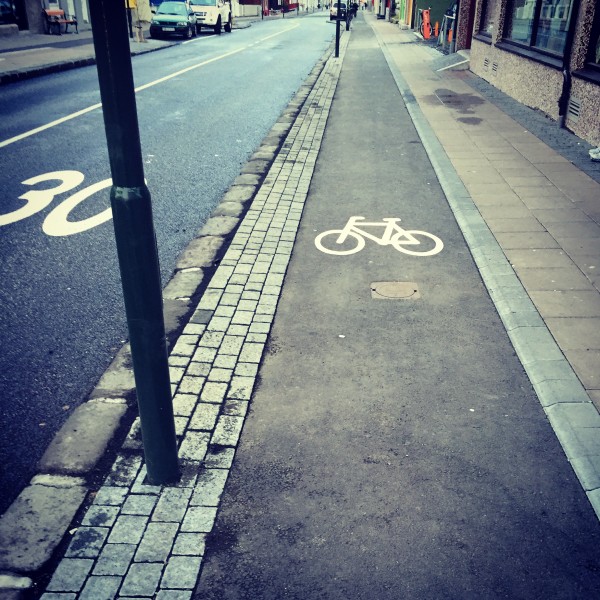
A new separated bike lane headed eastbound in Reykjavík. The bike lane trimmed the street width down, but also took some sidewalk width to implement. Large bricks and pavers separate the road from the bike lane and sidewalk. Asphalt is used to keep the pavement soft for bicyclists. Speeds are reduced to 30 kph (~20 mph).
6. The Bus-Only Lane
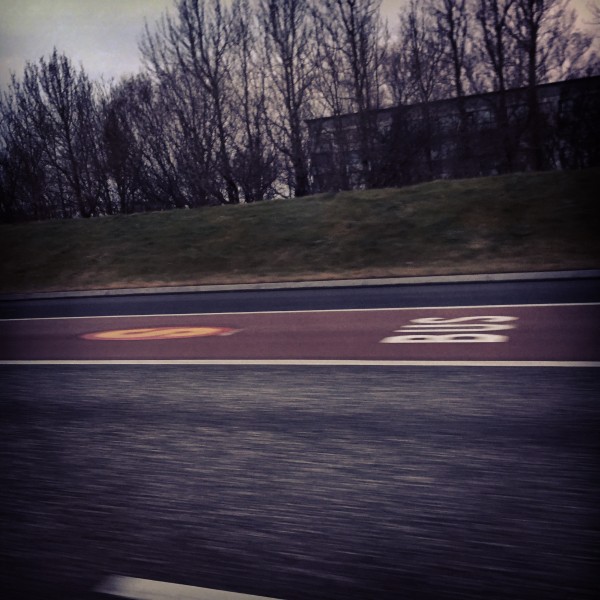
A bus-only lane marked with a red advisory strip.
7. The Elevated Crosswalk
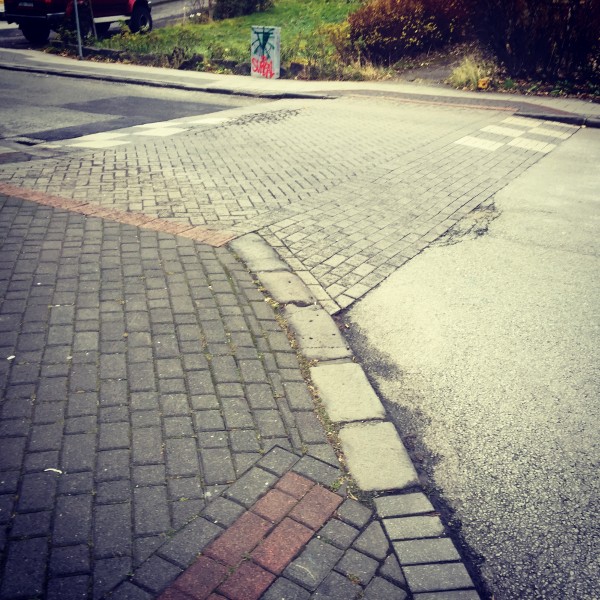
An elevated crosswalk/ramp that contains advisory strips for approaching vehicles. Signs are well posted to the approach to notify drivers. Pavers are colored to differentiate zones for pedestrians and warn them that they are about to cross vehicle travel lanes.
8. The Queue Jump
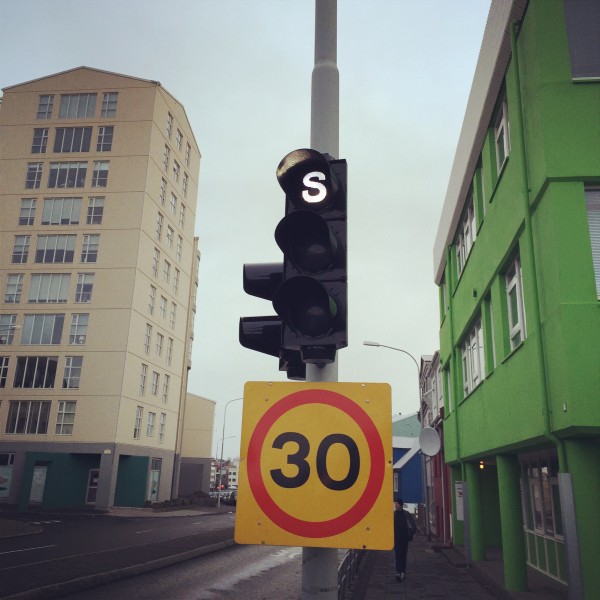
A queue jump light exclusively for buses to keep them moving ahead of regular car traffic through Reykjavík.
9. The Woonerf
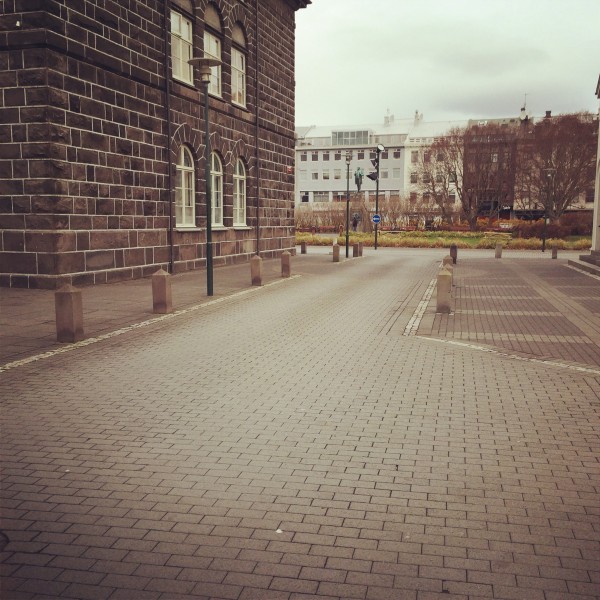
A full-on woonerf with some bollards and differently colored pavers.
10. The Safe Community
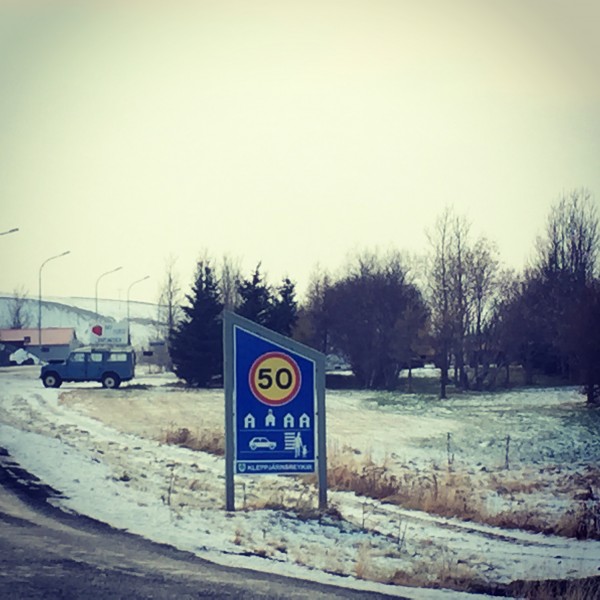
A sign reminding drivers that they need to keep it slow in villages, towns, and cities for all the right reasons: people live, pray, work, and play here (50 kph = 30 mph).
11. The Tabletop Intersection
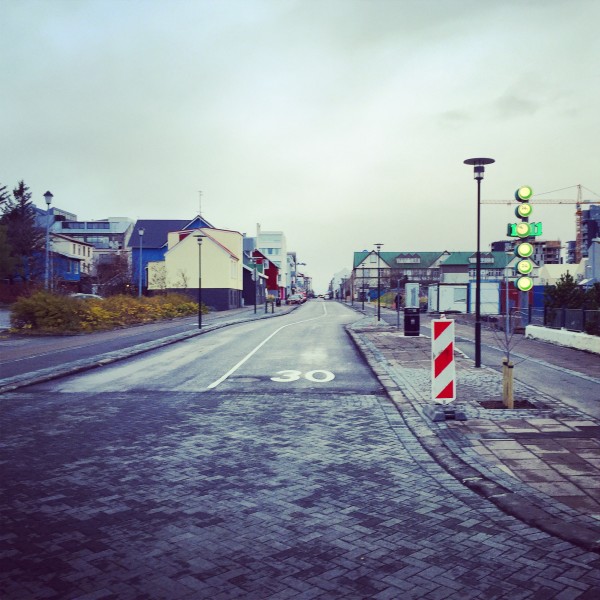
The tabletop intersection slows drivers down and draws their attention to pedestrians and cyclists. Meanwhile, this intersection type makes it easy for pedestrians to cross at any point with minimal grade change, especially for those with accessibility issues.
12. The Low Curb
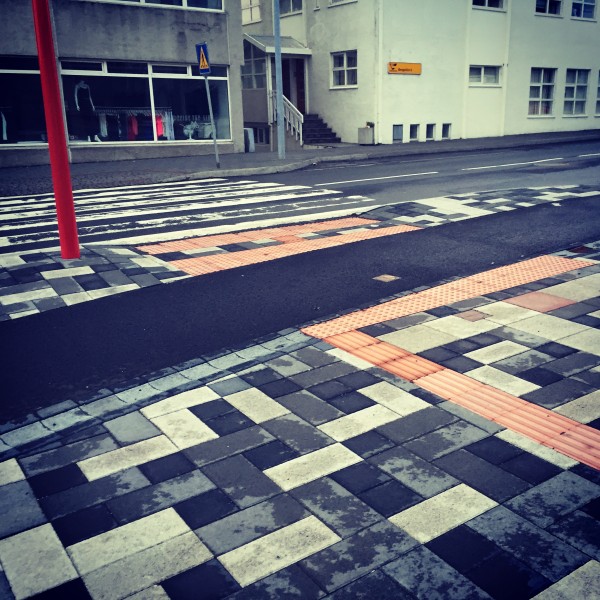
The low curb makes crossing intersections easy for pedestrians and those with accessibility issues. To provide enhanced safety, the crossing is well marked with eye-catching colors and designs on pavers with some separation features. Advisory pavers strips with special textures let pedestrians know they are crossing a bike lane and vehicle lanes.
Stephen is a professional urban planner in Puget Sound with a passion for sustainable, livable, and diverse cities. He is especially interested in how policies, regulations, and programs can promote positive outcomes for communities. With stints in great cities like Bellingham and Cork, Stephen currently lives in Seattle. He primarily covers land use and transportation issues and has been with The Urbanist since 2014.


